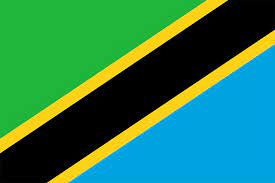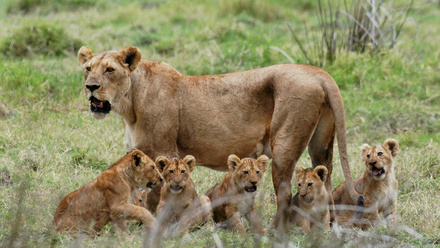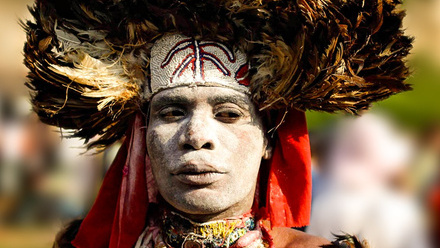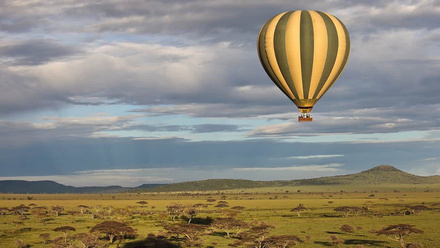Tanzania offers a unique blend of wildlife, landscapes, culture and conservation for an unforgettable travel experience. It's easy to see why it's rated one of the top wildlife safari destinations with renowned national parks and opportunities for the Big Five sightings as well as the Great Wildebeest Migration. The stunning Zanzibar archipelago famed for its pristine beaches, spice plantation tours and the historic Stone Town is another massive attraction.
Website | Facebook | Instagram | YouTube | Twitter
Must See / Do
Serengeti National Park
A wildlife enthusiast's paradise, the Serengeti National Park is one of Africa's most iconic destinations. Visitors can witness thrilling predator-prey interactions, spot the 'Big Five' and be immersed in the untamed beauty of the African wilderness.
Mount Kilimanjaro
Embark on a life-changing adventure by climbing Mount Kilimanjaro, Africa's highest peak. The snow-capped summit stands at 5,895 metres (19,341 feet) above sea level and offers various trekking routes catering to different levels of fitness and time constraints.
Zanzibar Archipelago
Escape to the enchanting Zanzibar Archipelago, consisting of Zanzibar Island, Pemba, and Mafia. Known for its idyllic white-sand beaches, turquoise waters, and vibrant coral reefs, Zanzibar offers the perfect setting for relaxation and water activities.
Regions
 Serengeti National Park
Serengeti National Park
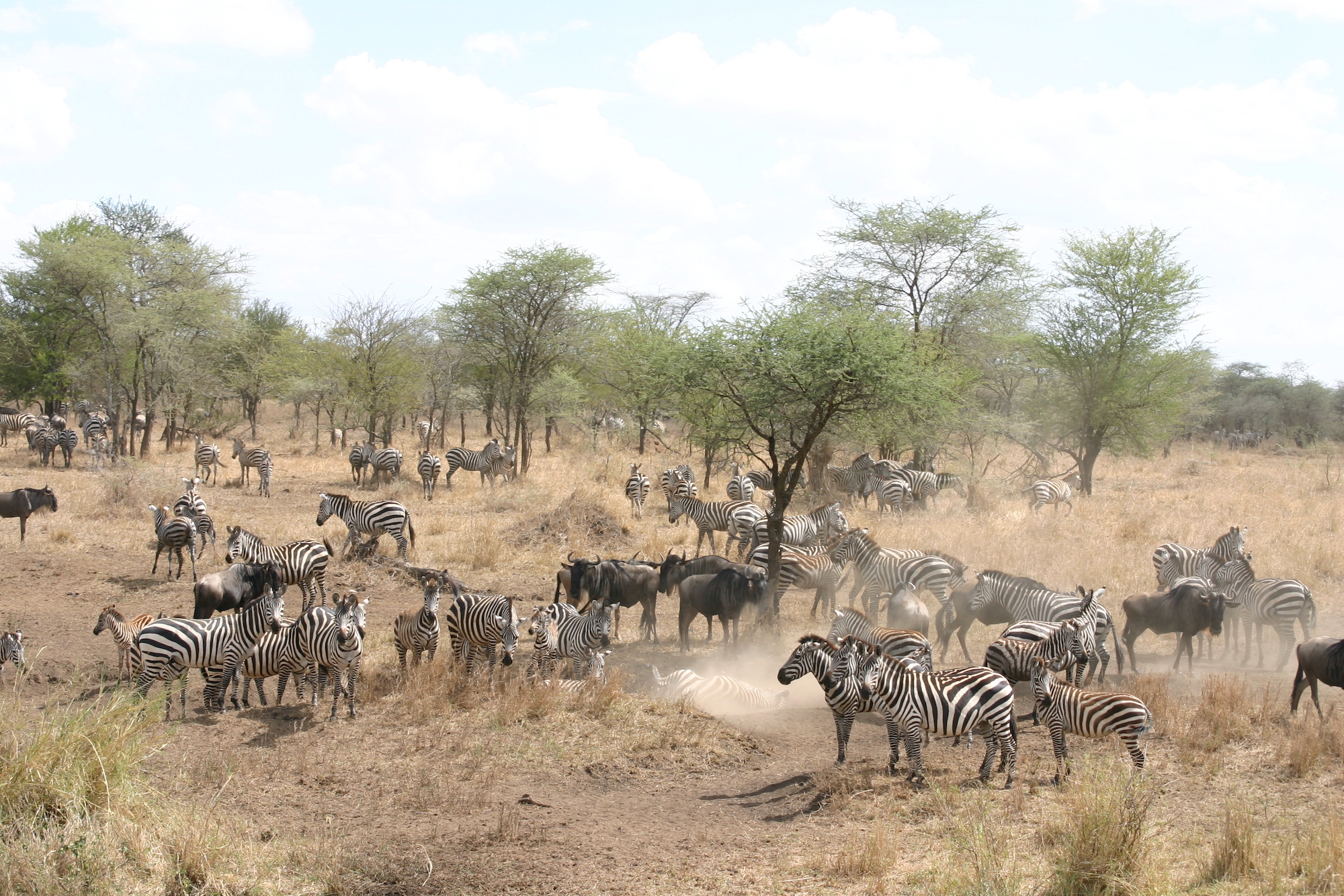
The Serengeti National Park in northern Tanzania is one of Africa's most renowned destinations for wildlife enthusiasts, owing to the Great Wildebeest Migration as well as the opportunity to witness the Big Five. Not only wildebeest, but also enormous herds of zebra and gazelle, cross the plains in search of water and food. Visitors can spot an abundance of lions, elephants, leopards, and other predators roaming the savannas.
 Mount Kilimanjaro
Mount Kilimanjaro
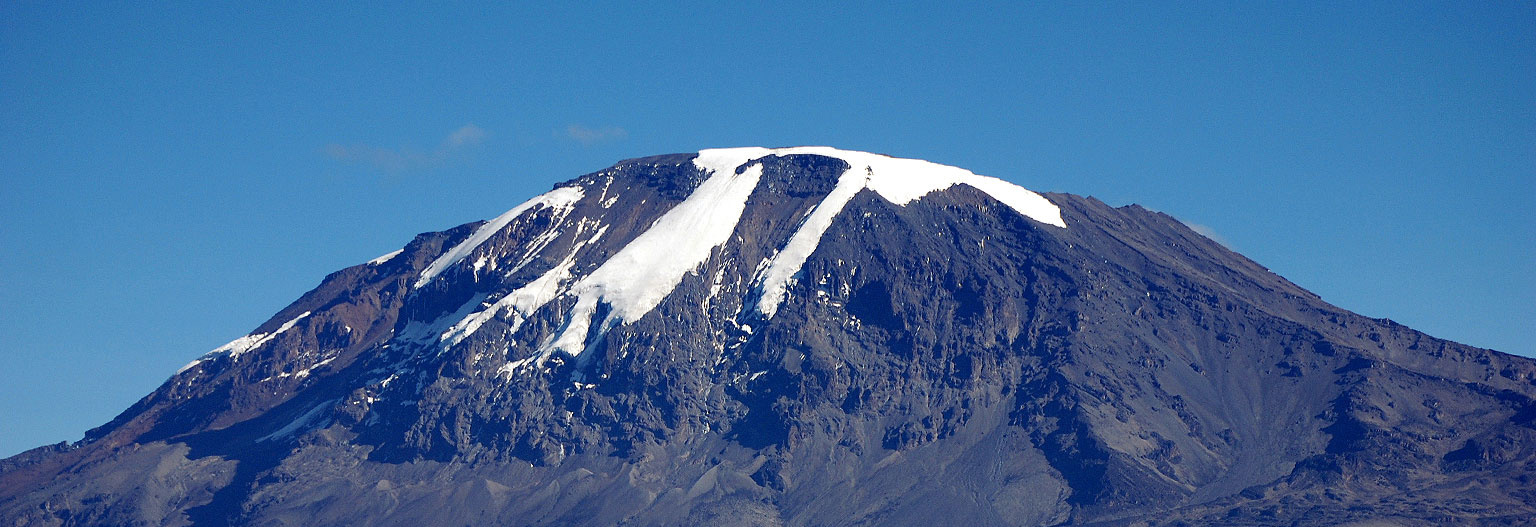
Mount Kilimanjaro, the tallest freestanding mountain in the world and a UNESCO World Heritage Site, is reason enough to visit Tanzania. There are different routes that cater for various fitness levels so that every climber can experience the epic journey up to Uhuru Peak. The trek up the mountain sees the lush rainforests and barren alpine deserts and finally the snowy peak.
 Ngorongoro Crater
Ngorongoro Crater

The Ngorongoro Crater is a depression about 20 kilometres wide which is often called the 'Garden of Eden'. A natural enclosure formed by the walls of the crater create a lush and fertile environment which draws an abundance of wildlife, including the famed Big Five. The crater was formed when the volcano erupted and collapsed hundreds of years ago. A game drive into the area gives visitors the opportunity to witness the spectacularly diverse and unique wildlife and landscape.
 Zanzibar Archipelago
Zanzibar Archipelago
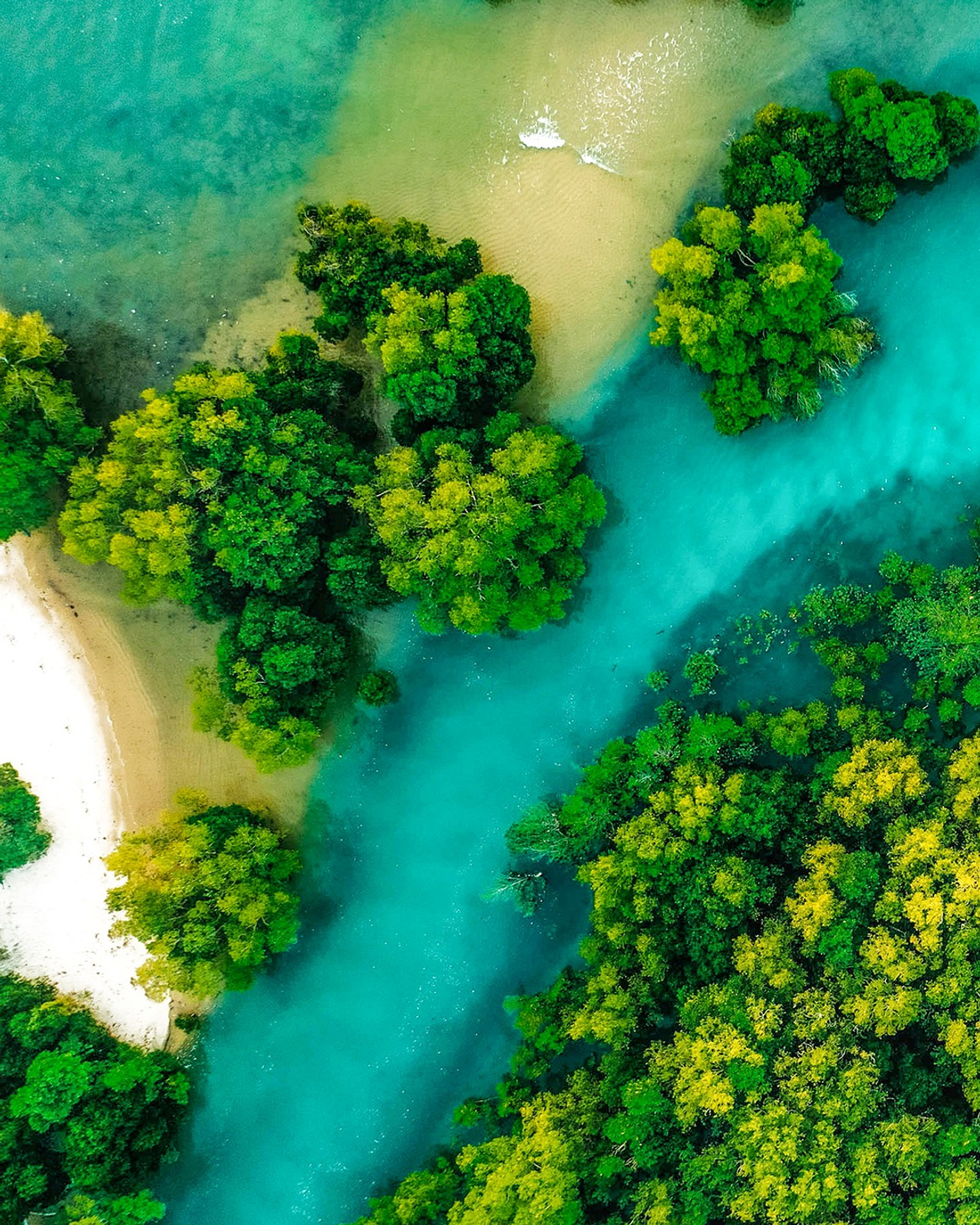
The Zanzibar Archipelago, also known as the Spice Islands, is famed for its pristine beaches, spice plantation tours and the historic Stone Town - a UNESCO World Heritage Site with its narrow streets, unique Arabic architecture and bustling marketplaces that offers glimpses into the rich cultural history. The beaches of the archipelago are known for drawing snorkellers and divers to its vibrant coral reefs and magical marine life.
 Tarangire National Park
Tarangire National Park
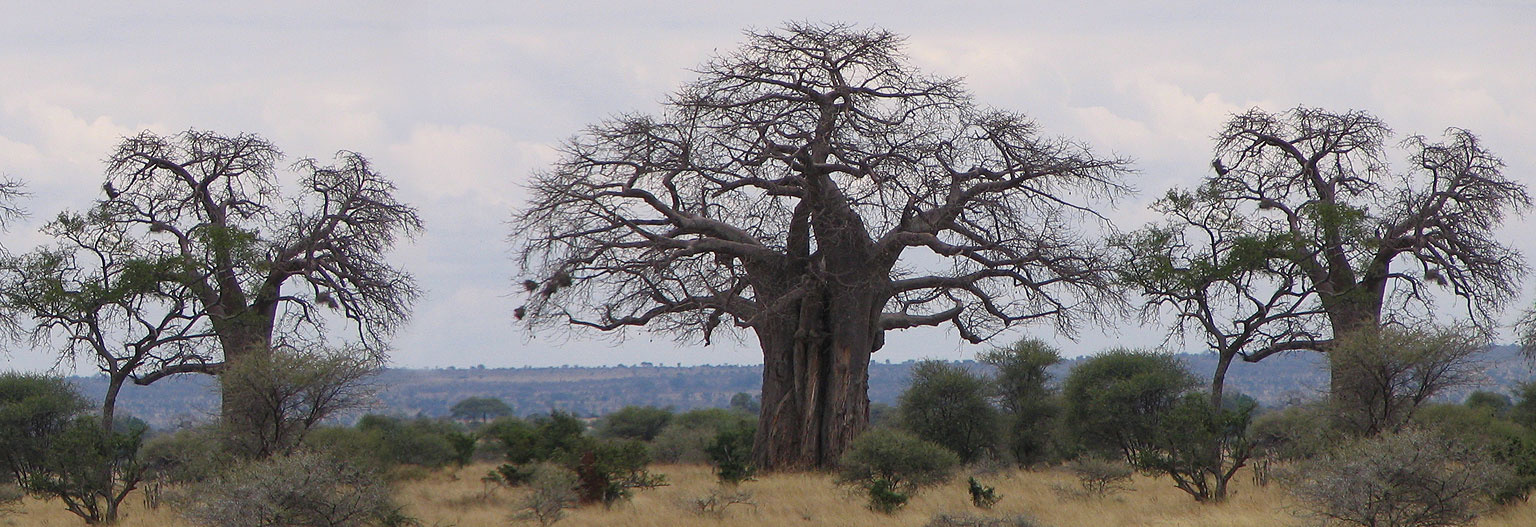
Tarangire National Park is located in northern Tanzania and its relative remoteness is appealing to those who prefer a wildlife experience that is quieter and more intimate. The Park is home to large herds of elephant and a rich diversity of birdlife, as well as the unmistakable baobab trees. The Tarangire River offers relief to wildlife during the dry season, which sets the scene for exceptional game viewing.
 Nyerere National Park
Nyerere National Park
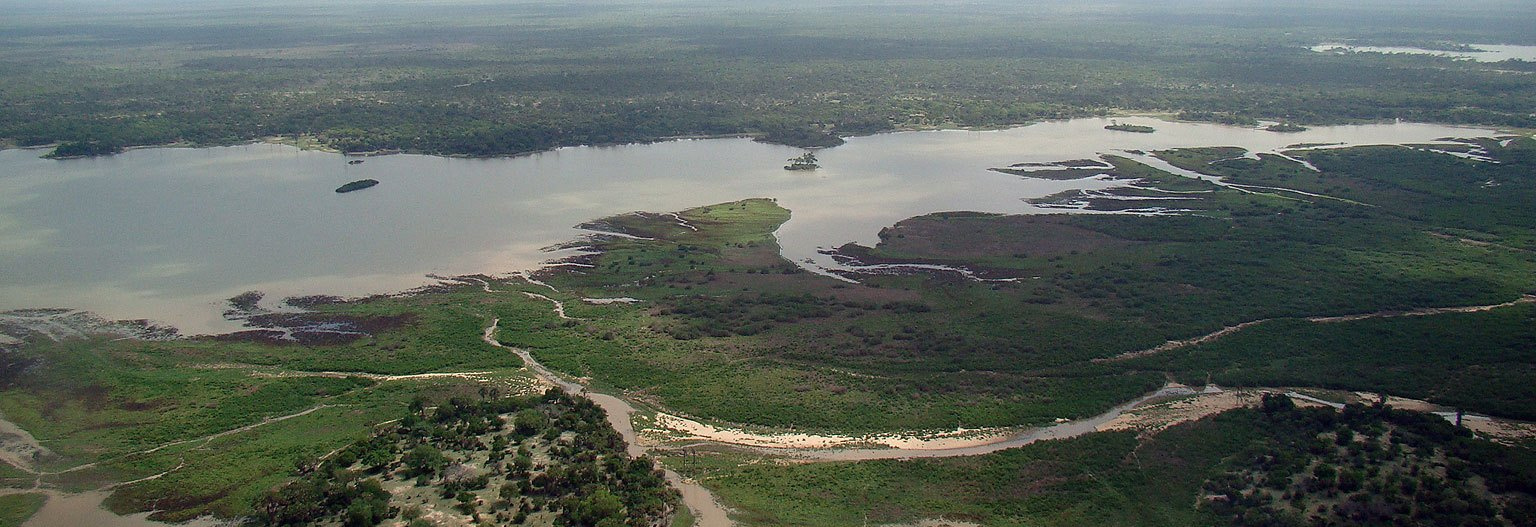
Nyerere National Park formally known as Selous Game Reserve, located in southern Tanzania, is one of Africa’s largest reserves and is also a UNESCO World Heritage Site. The vast and remote wilderness of the Reserve is home to elephants, hippos, wild dogs, and a variety of bird species. A boat safari long the Reserve’s Rufiji River offers another perspective to observe and experience the landscape and wildlife.
 Lake Manyara National Park
Lake Manyara National Park
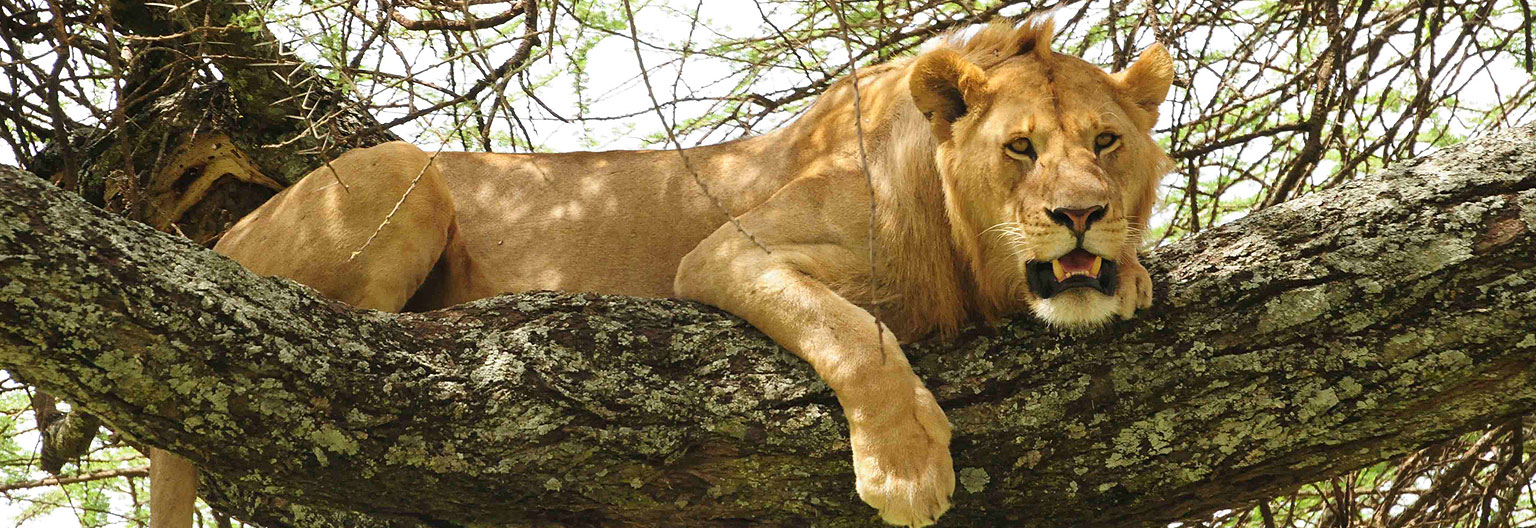
Lake Manyara National Park in the Rift Valley Region of northern Tanzania is best known for its unique tree climbing lions and soda ash lake that attracts thousands of pink flamingos. The lake itself covers about two-thirds of the park and it attracts different wildlife and bird species along its shores. Lake Manyara is a major attraction for birdlife and wildlife enthusiasts.
 Mafia Island
Mafia Island
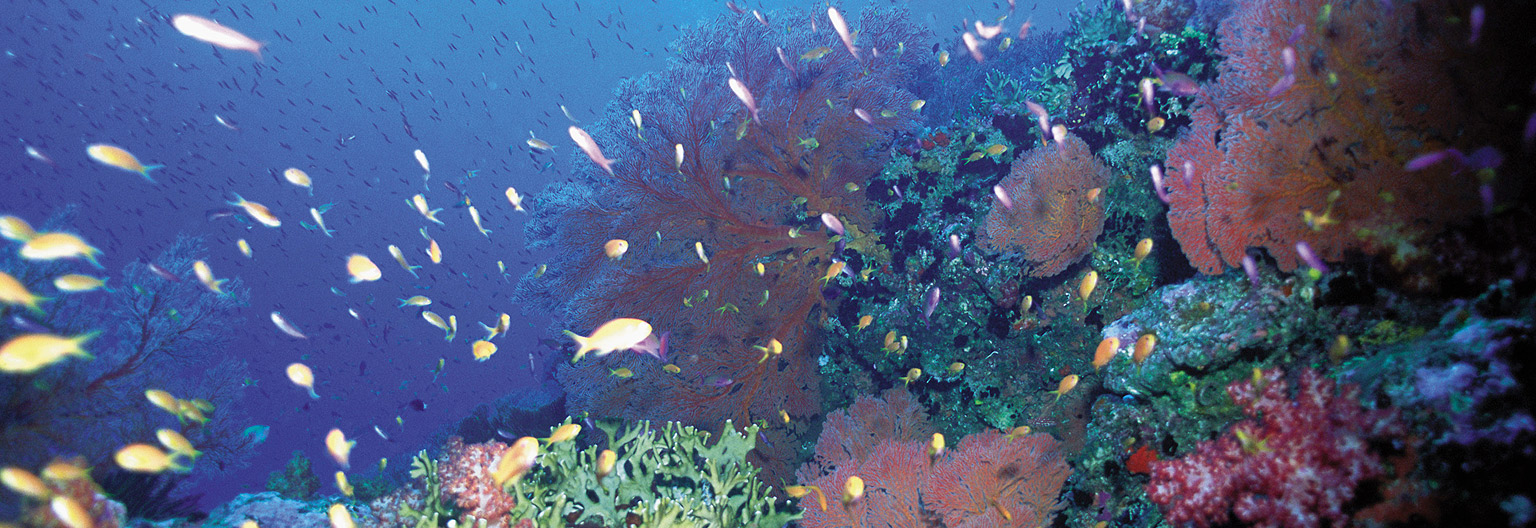
Mafia Island lies to the south of Zanzibar Island and is known as one of the best destinations in the world for snorkelling and diving. The island is less frequently visited and is much quieter than Zanzibar. Its warm waters are home to manta rays, sea turtles and whale sharks. Below the water level, lies a spectacular world of colourful coral and rich reefs. Above the water level, its pristine beaches are a literal paradise on earth.
 Mikumi National Park
Mikumi National Park
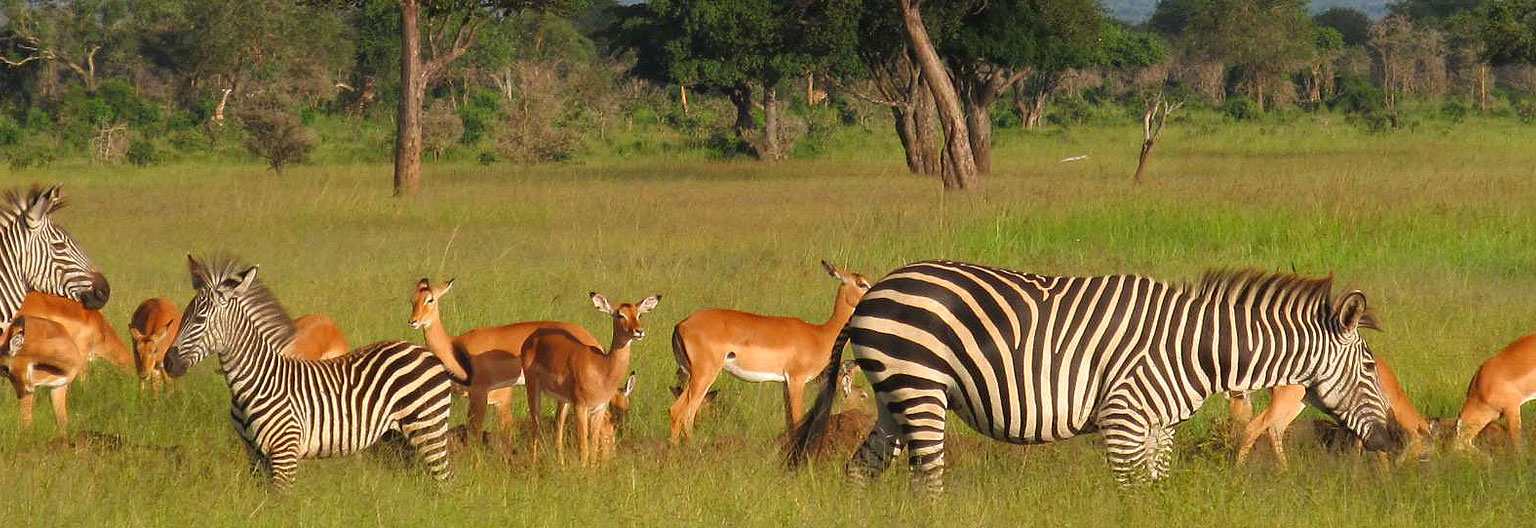
Mikumi National Park is located close to Dar es Salaam and is easy to access. The park features the Udzungwa Mountains, acacia woodlands and wide open grasslands. The wildlife in the Park includes elephants, giraffes, zebras, wildebeests, to name a few.
 Pemba Island
Pemba Island
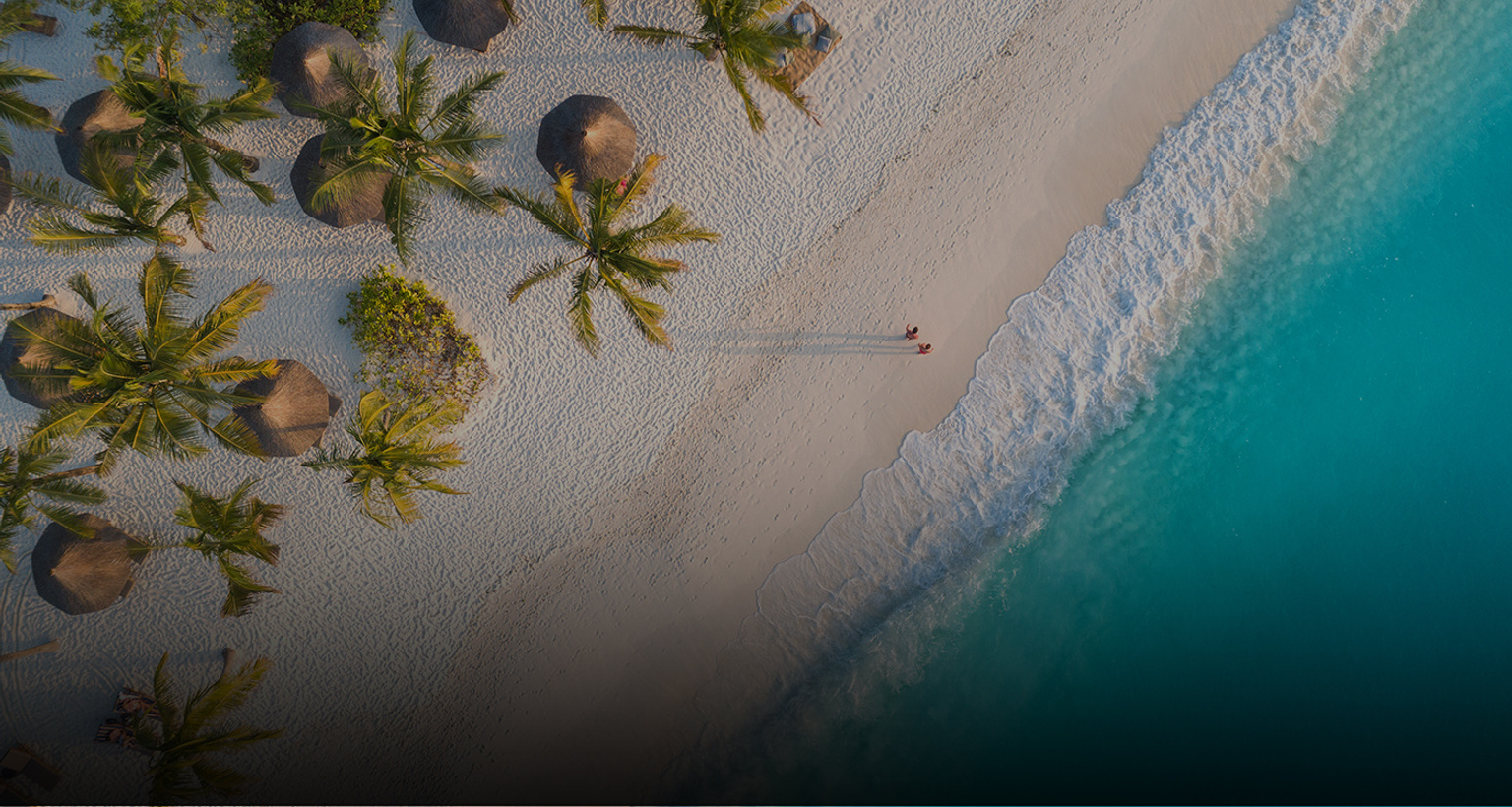
Pemba Island forms park of the Zanzibar Archipelago. It is not visited as much as the other islands, which makes it a quieter and more peaceful destination. Pemba is a famed diving and snorkelling spot due to its pristine reefs and abundance of marine life. The island is also known for its spice plantations, mangrove forests and leafy green landscapes.
 Mahale Mountains National Park
Mahale Mountains National Park
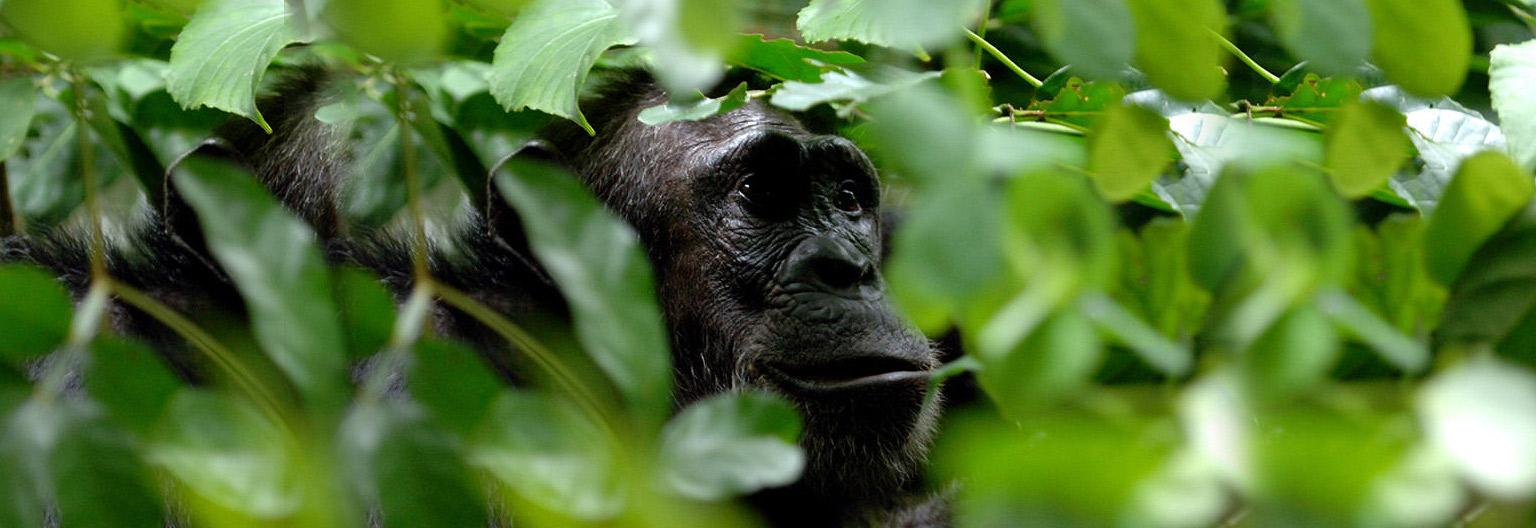
The Mahale Mountains National Park is situated in western Tanzania and borders the shores of Lake Tanganyika. Known for its wild chimpanzees that visitors can spot if they venture into the forests, the park is also home to baboons, colobus monkeys, and a variety of bird species.
 Gombe National Park
Gombe National Park
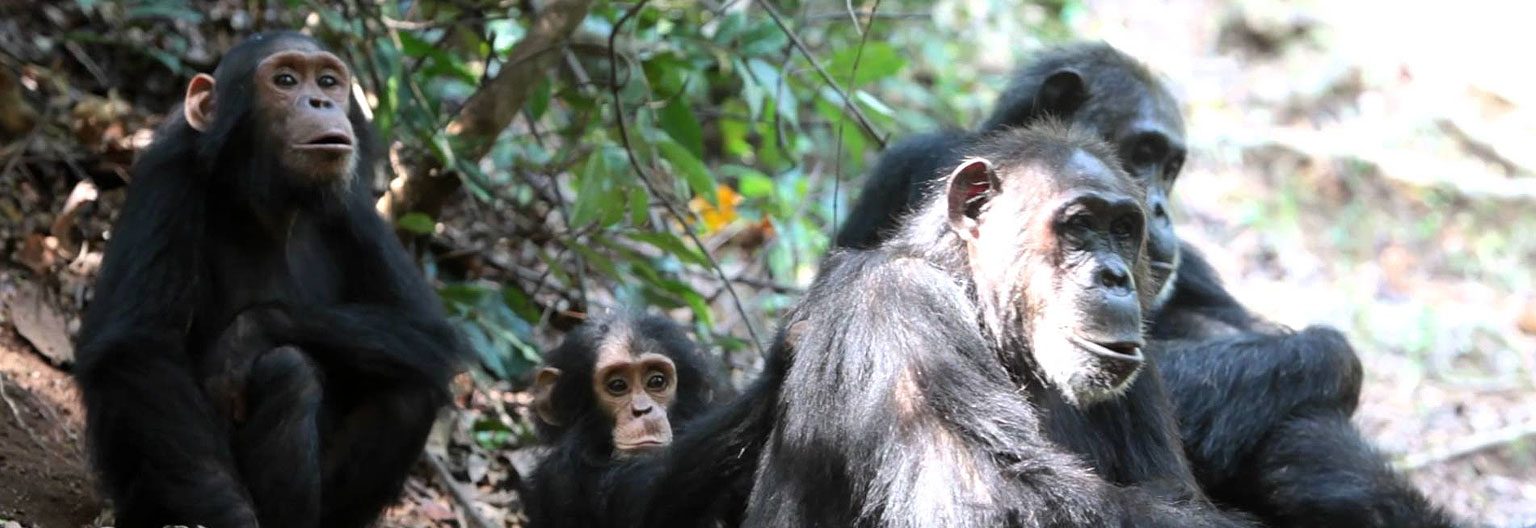
Gombe Stream National Park is situated along the western border of Tanzania and the Congo. It is most well known for the work of Jane Goodall, who spent years in its forests studying the lives and behaviours of the endangered chimpanzees.
 Udzungwa Mountains National Park
Udzungwa Mountains National Park
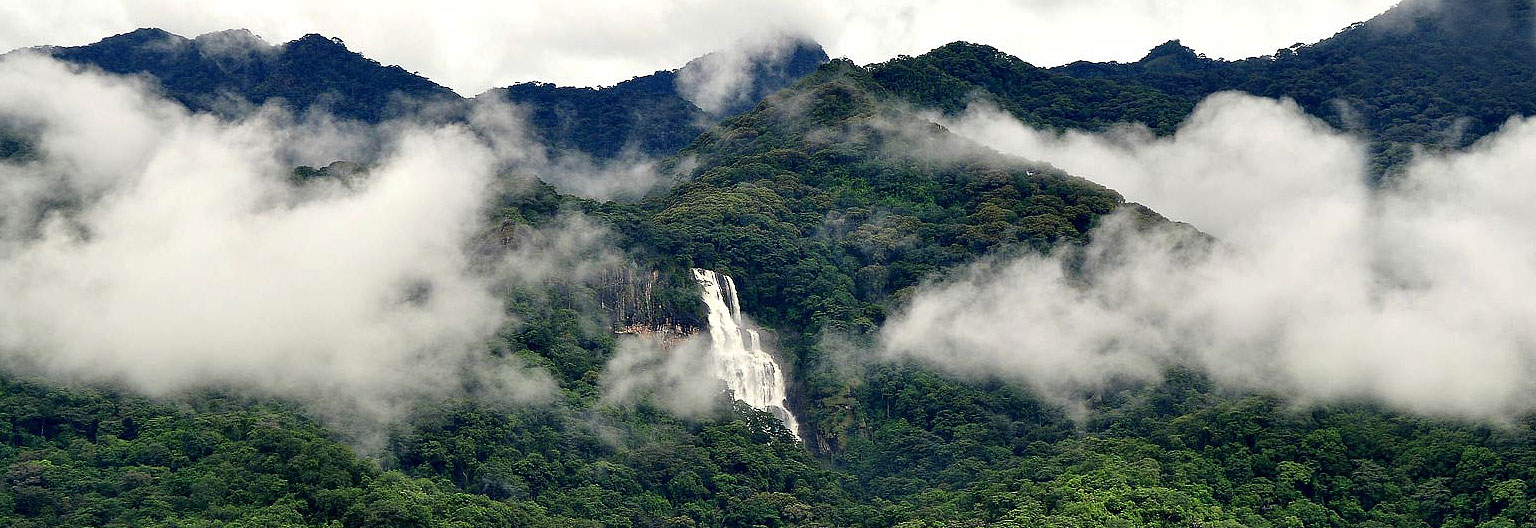
Udzungwa Mountains National Park is located in central Tanzania within the Eastern Arc Mountains. The mountains have often been referred to as the African Galapagos due to its abundant plant life of 2500 plant species - the African Violet is the most well-known of these. The wildlife is equally abundant with elephants, leopards, hyenas and over 400 bird species.
 Ruaha National Park
Ruaha National Park
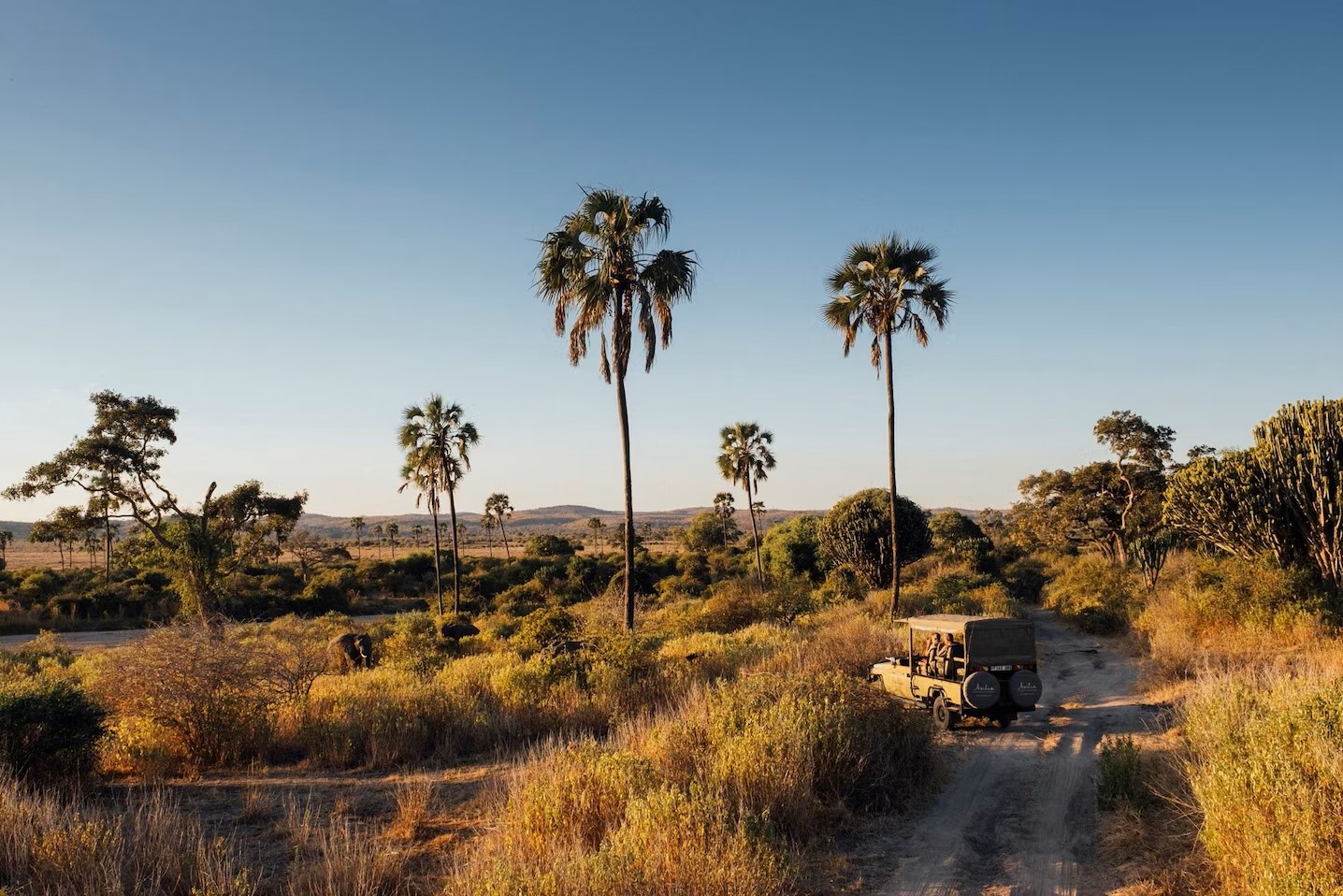
At 20,226km2, Ruaha National Park is larger than Serengeti. This central/southern area of Tanzania was first gazetted as a National Park in 1964, then amalgamated with the Usangu wetlands in 2008 and is now second only in size to Nyerere National Park.
The combination of the Great Ruaha River, rocky outcrops, open plains, miombo forest, escarpment forest, together with the wetlands has created an important biodiversity that lies in a transition zone between Southern and Eastern vegetation zones.
Unlike northern Tanzania, the south normally has a 6 month dry season from end May to November. This highlights the significance of the river which is the only permanent water source in the park and therefore attracts higher concentrations of game. The typical species of giraffe, zebra, hippo, croc, impala, waterbuck, etc are unusually joined by both Greater and Lesser Kudu, Roan and Sable antelope, striped and spotted hyaena. The plains are home to the cheetah, ostrich, lion, herds of buffalo and various antelope. The rocky outcrops are favoured by the many leopard and rock hyrax, and the River is full of hippo and crocs.
Ruaha is also renowned for it’s massive baobab trees which are often decimated by elephant, especially in the dry season as they provide an alternative source of water to the river.
Ruaha National Park also has a rich bird life with 540 recorded species boosted in the green season by many migrant species.
 Katavi National Park
Katavi National Park
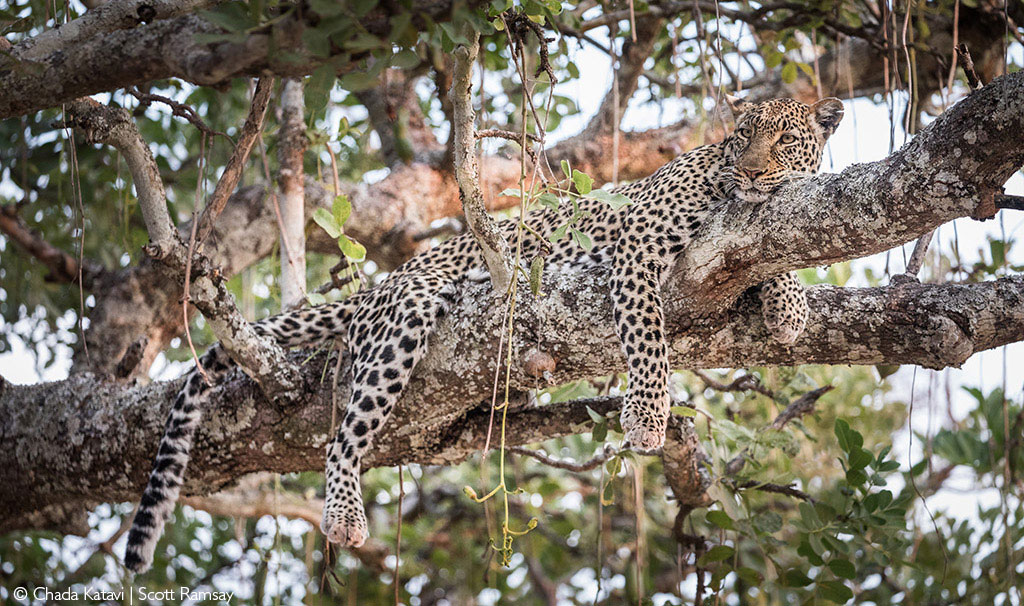
50km east of Lake Tanganyika with an altitude ranging from 820m-1560m, Katavi is the part of the little known or visited ‘Western Circuit – Katavi, Mahale, Lake Tanganyika’.
Katavi National Park is a series of plains, stretching from Lake Katavi through the Katisunga Plain to Lake Chada and Paradise plain in the south west. In reality these are floodplains for the Katuma River which flows between them linking them altogether, not actually lakes. The plains are fringed with ancient riverine forest and woodland dotted with Tamarind trees.
The highlights of Katavi are the massive herds (over 1000 head buffalo) that will congregate on these plains during the dry season. As water becomes more limited the animals are forced closer to the only remaining sources and the herd sizes just increase. Katavi is often characterised by the overpopulated hippo pools, creating the highest concentrations of anywhere in africa. It is also possible to see crocodiles piled up in the caves that are normally below the water level as these become exposed in the dry season.
The predators in Katavi are plentiful and well fed, so sightings are excellent. Wild dog do occasionally visit and the plains are also home to Topi and sable antelope. Cheetah have been spotted in the park but very rarely.

